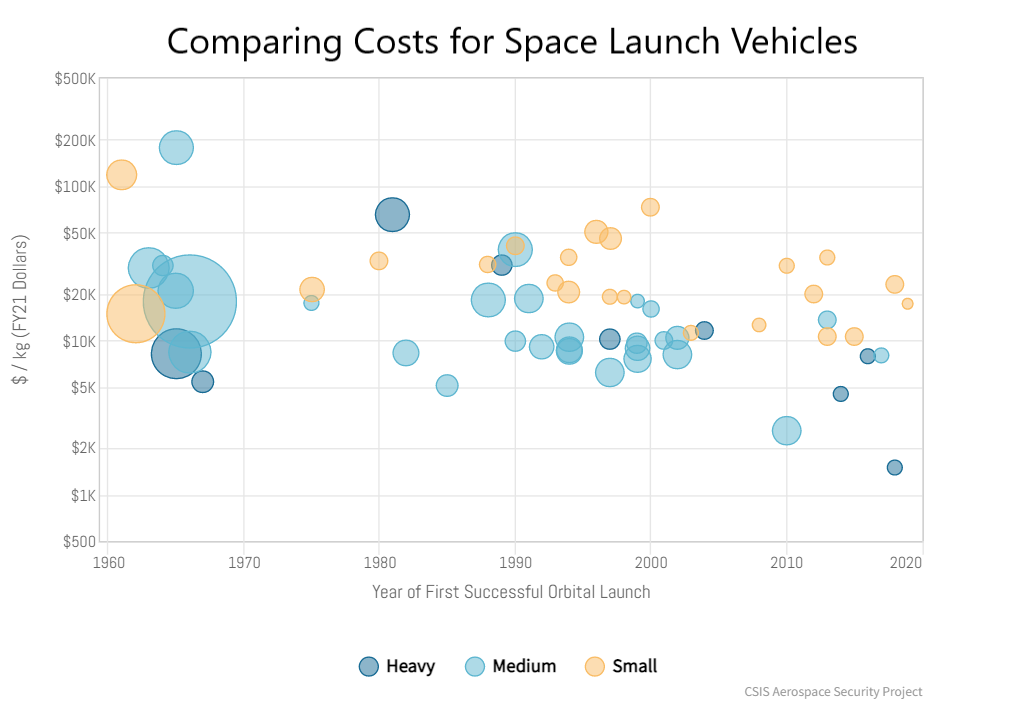At a time when the United States Federal Reserve plans to continue raising interest rates in order to mitigate consumer price inflation, it is important for investors to learn about the realities of compound interest and managing stock portfolios.
Finding Success in Compound Interest Investing
Finding success in compound interest investing is a matter of time, patience, and discipline. Finding success in the stock market is a matter of selecting the right investments and sticking with them throughout many years. These two examples of financial success can be combined; in fact, billionaire investor Warren Buffett has mastered both strategies to become one of the world’s wealthiest individuals.
The gist of Buffett’s strategy is as follows: He has diligently deposited stock market gains into compound interest accounts that date back to the 1940s. He has been able to withstand numerous Wall Street crashes and long bear markets thanks to his unwavering faith in compounding. Still, we cannot ignore the fact that the reason his compound interest accounts always seem to be bursting at the seams is because of his extremely disciplined reinvestment of gains.

Calculating Compound Interest Strategies
If you want to get into compounding, and you should, one of the first things you need to realize is that this strategy will always be better when you start early. Buffett started during his teenage years, and it took him about three decades to start generating billions worth of returns. You also need to start thinking in exponential terms that are underscored by reality, and this is why you need to be realistic about the figures you input in compound interest calculators.
When doing research on compound interest investing, there is a good chance you will run across examples and calculations featuring a 10% rate of return, which happens to be highly unrealistic. As of July 2022, the best annual percentage yield (APY) on the market was offered by the First Internet Bank of Indiana at 3.25% for five years. According to Bankrate.com, the highest APY was just 1.5% on high-yield savings accounts, and the best you could hope for in a money market account was a little over 1%. You would have to search overseas for financial institutions offering compound interest rates higher than 5%, but you would miss out on FDIC protection up to $250,000.
Why do so many compound interest sample scenarios cite a 10% APY when we haven’t seen such high rates of interest this century? This probably has to do with the ease of visualization; it is easy and comfortable for us to paint a mental image of 10%, and this is also a common rate of taxation and commissions. On Wall Street, you always hear investors talk about 10% being an ideal rate of return, and this brings us to the following: If you could constantly achieve 10% profits from your stock portfolio, would you need compounding at all?
Financial Horizons and Perspectives
From 1992 to 2021, before the current state of uncertainty on Wall Street, the S&P 500 produced annual returns greater than 10%. Moreover, during that same time frame, not a single high-yield savings account, certificate of deposit, or money market account provided APYs comparable to the returns of the S&P 500; this is not surprising because that was a period of very low-interest rates. From this alone, we can safely say that stock investors who focused on the S&P 500 over the last three decades did much better than compound interest investors.
Ben Carlson, a renowned investment advisor to wealthy clients, recently compared a scenario that compared saving and compounding $10,000 per year to investing the same amount in the S&P 500. For the sake of simplicity, Carlson chose 10% as the compound interest APY in this scenario, and even though we already know this is not realistic, it makes perfect sense to use it in this case because it shows that the S&P 500 returned more than $2 million while compounding at 10% APY transformed those same $300,000 into less than $1.7 million.

Suppose your financial horizon involves passively investing excess income over 30 years for retirement purposes. In that case, it may seem as if the stock market would have been your best bet back in 1992, particularly if you invested in S&P 500 instruments such as exchange-traded funds, which by the way use compounding internally to deliver better results to investors. You would need to be the kind of investor who is not shaken by stock market corrections and crashes.
The S&P 500 produced negative annual returns in five out of the 30 years analyzed by Carlson. In the year 2000, the Dot-Com Bubble of overvalued technology stocks began with a 9.03% dip in the S&P 500. This esteemed financial index fell by 11.85% the next year, and the bear market continued in 2002, with the S&P 500 losing nearly 20% of its benchmark value. When the global financial crisis was declared in 2008, the S&P 500 lost more than 30%, and it would once again stumble in 2008 by finishing 4% lower.
Choosing the Right Investment Strategy
When you put the two scenarios above on line charts, it is easy to see that the S&P 500 took a bumpy ride while the compounding scenario was initially linear before turning exponential after 20 years. With compound interest, you can fully trust the numbers you get from the financial calculators our website offers, but you have to inject reality and keep your financial horizon in perspective.
Retirement goals will always be better served by compounding strategies, but you can also achieve other financial objectives through the power of compound interest. For example, let’s say you wish to purchase a new home within the next ten years; if you choose a certificate of deposit as your main investment, the APY profits could more than cover the closing costs while you focus on saving up for the down payment.
One of the tenets of investing is that returns are not possible without at least some level of risk. With compounding, investment risk is reduced to its lowest level. What you see is what you get when using our compound interest calculators. Still, you have to input realistic parameters that conform not only to APY but also to other parameters, such as when you would need to access funds and how long you can make regular contributions to the account.



